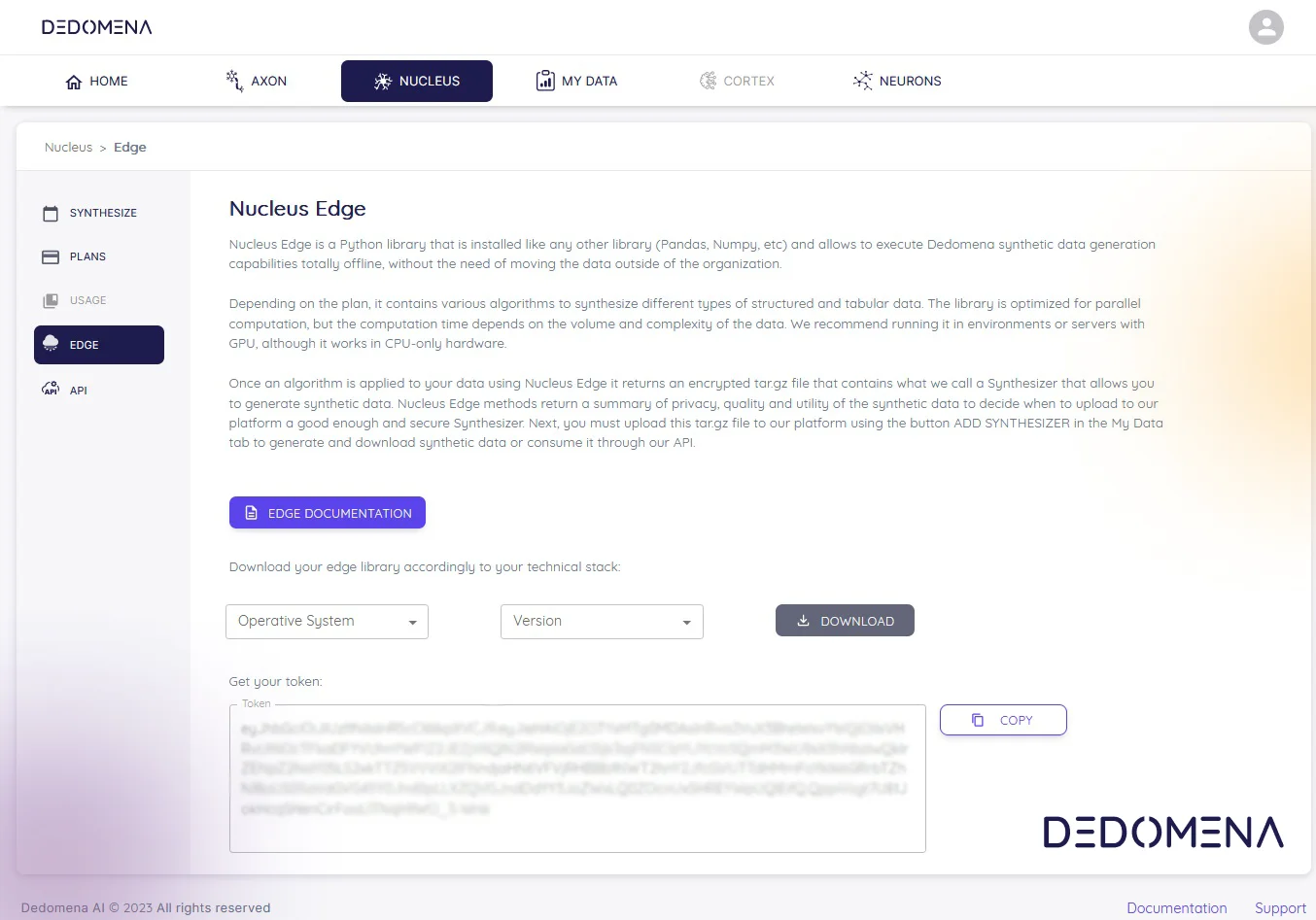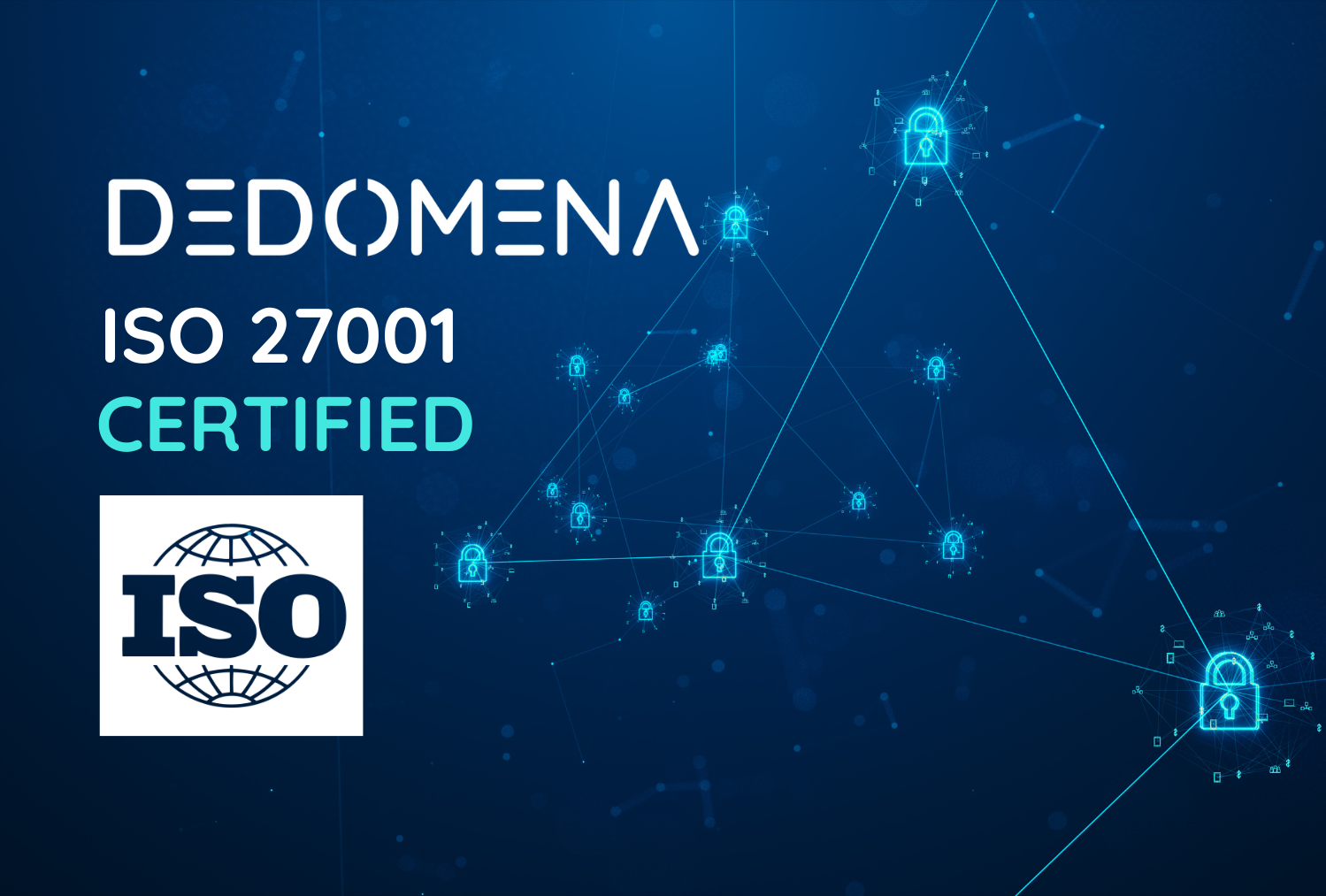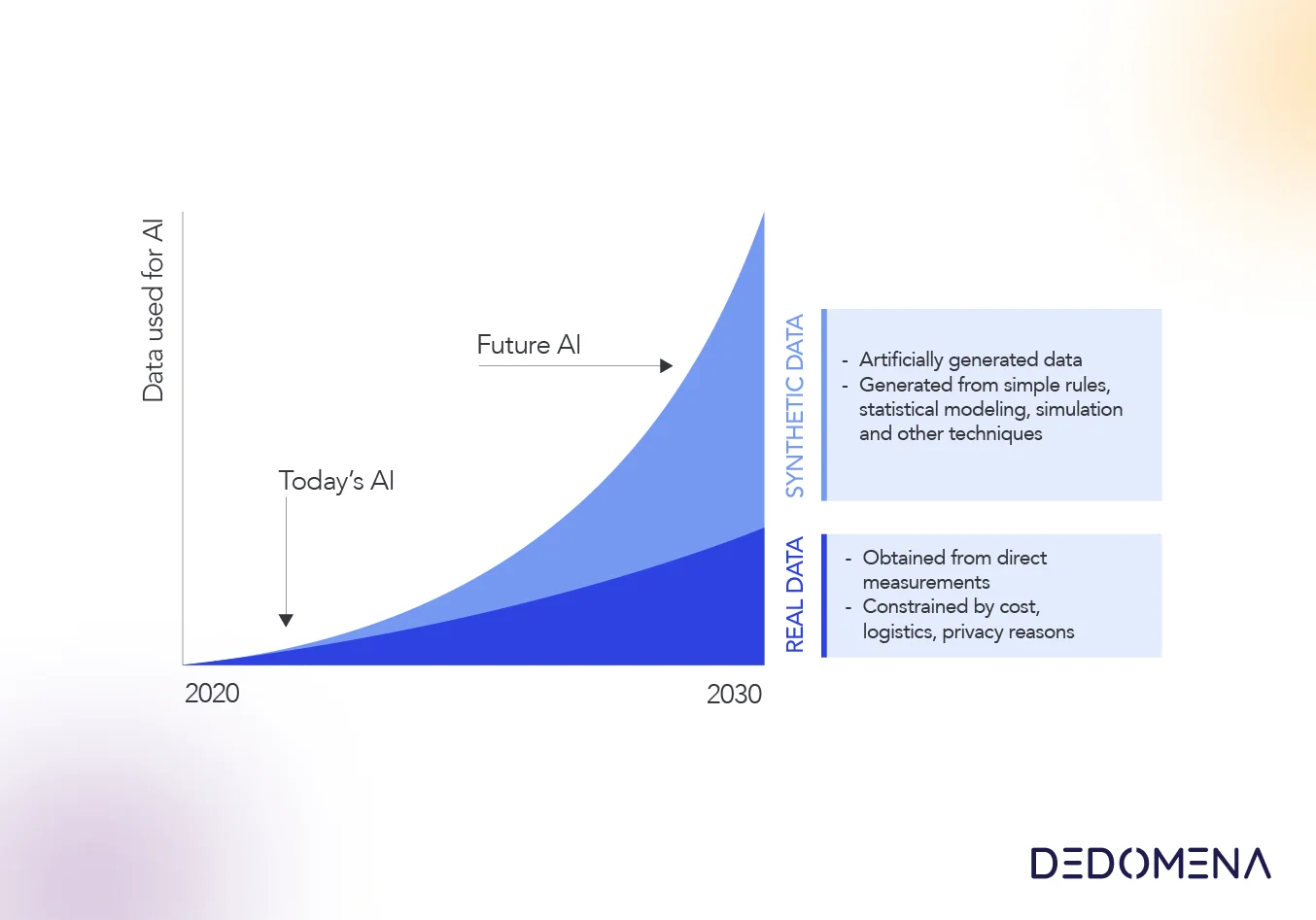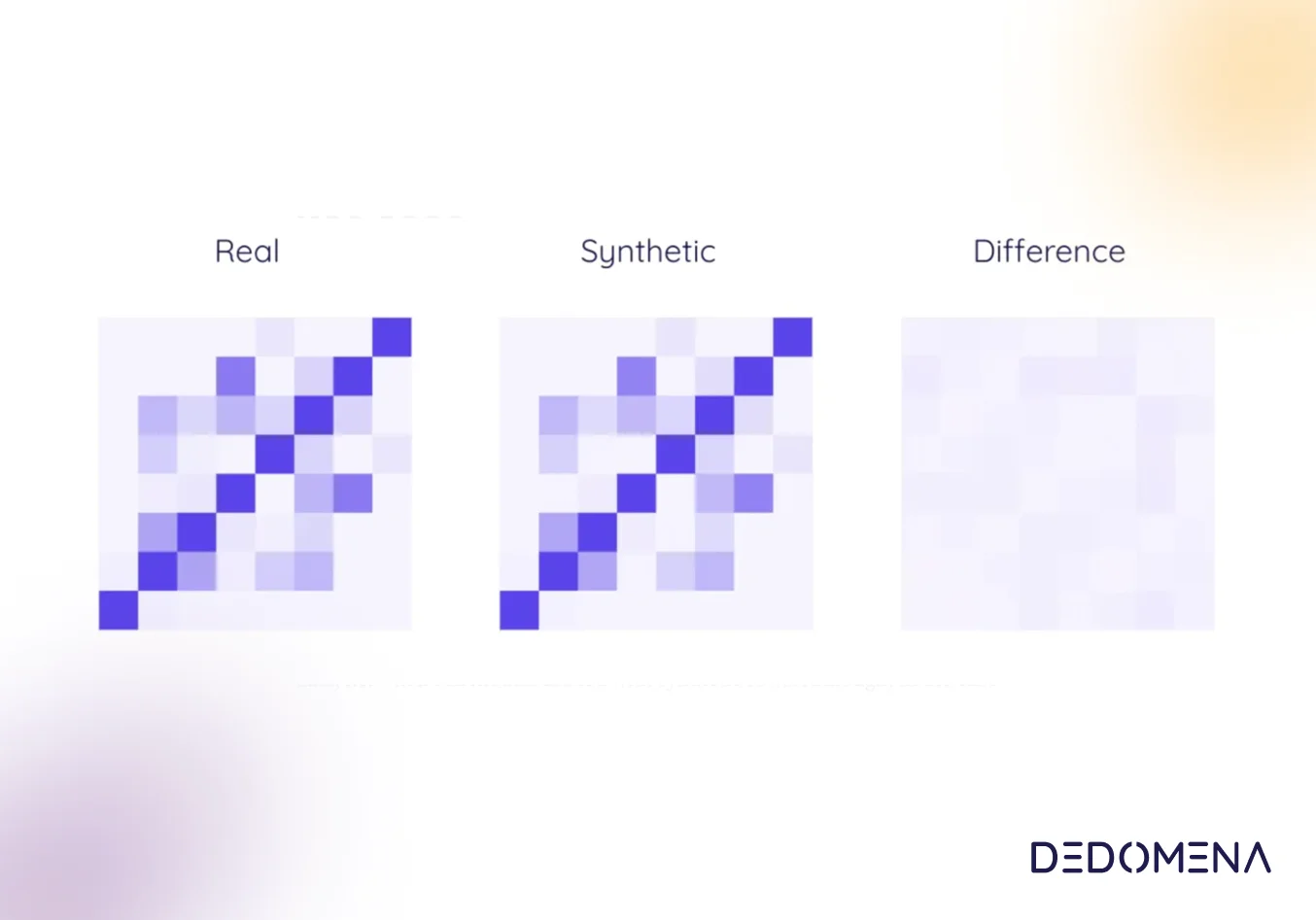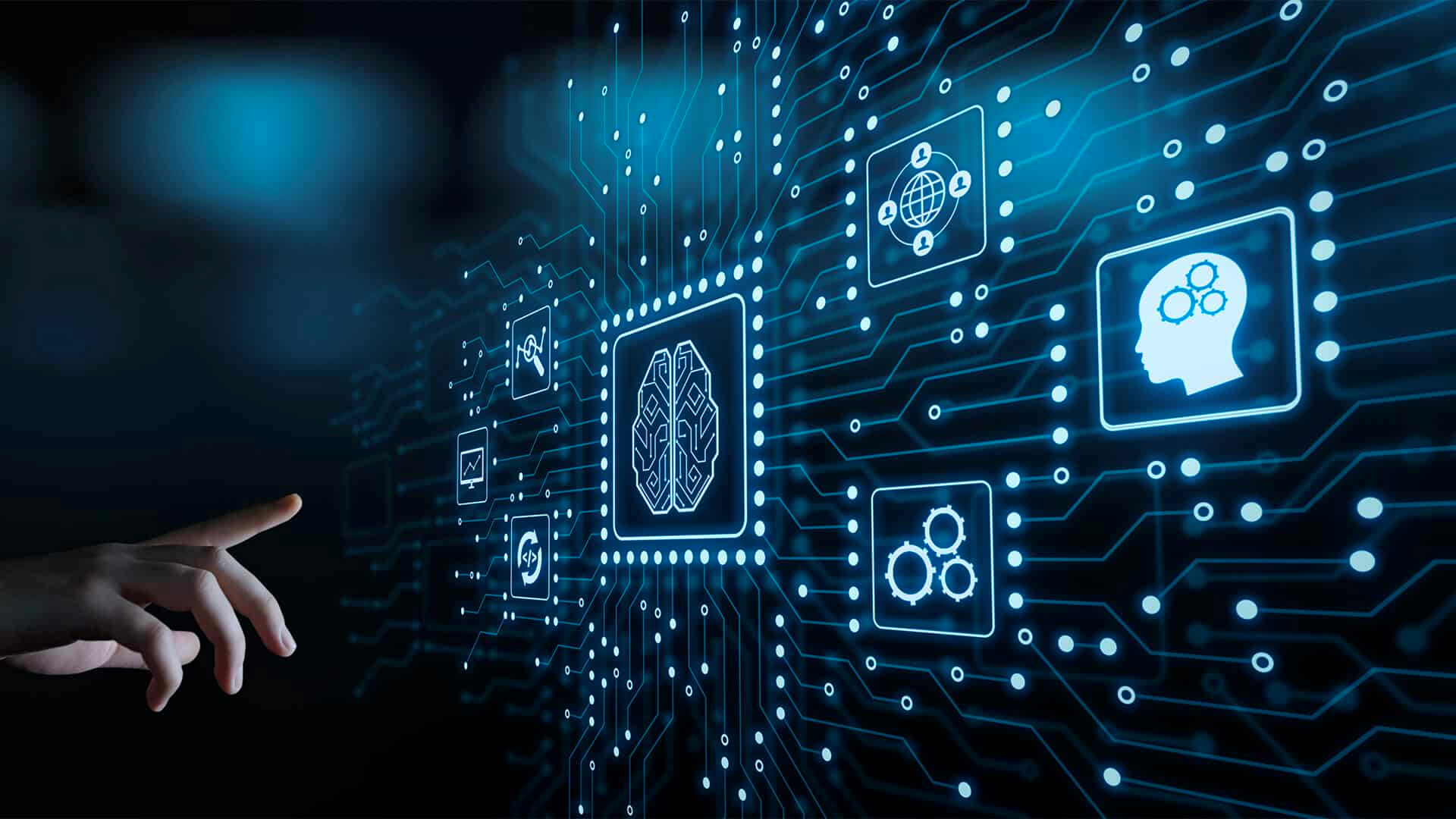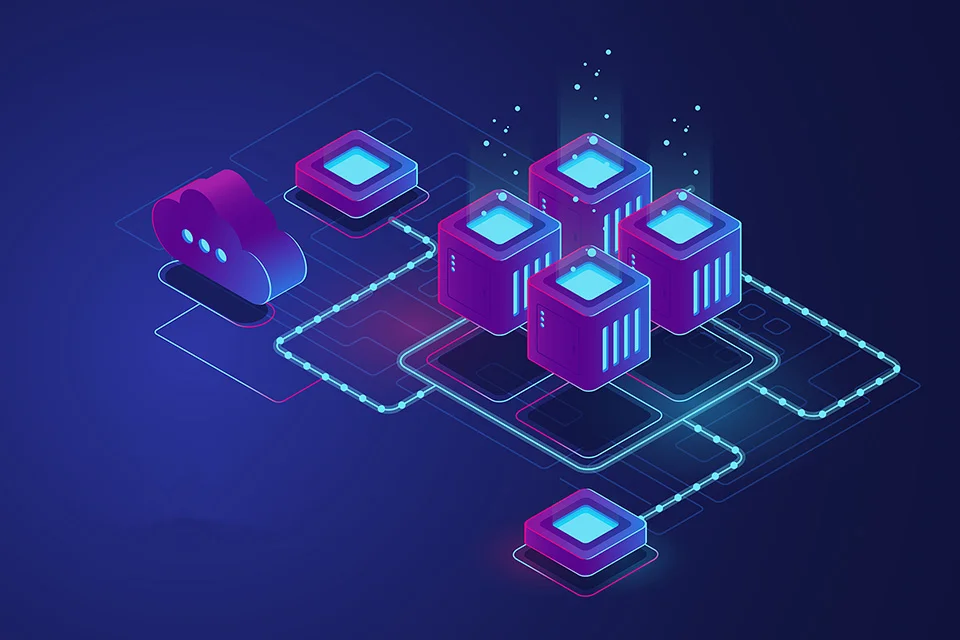In today's rapidly evolving tech landscape, the convergence of two groundbreaking trends, data synthetization and edge computing, is reshaping the way we manage and process data. At the forefront of this dynamic fusion is NUCLEUS EDGE, a transformative solution that unites the power of data synthetization with the efficiency of edge computing. In this blog, we'll explore how this synergy is poised to revolutionize data processing, privacy, and efficiency.
Data synthetization is a cutting-edge technique that involves generating synthetic data with statistical properties closely resembling real-world data. This innovative approach has already proven to be a game-changer across industries where data privacy, security, and regulatory compliance are of paramount importance.
Edge computing represents a paradigm shift in data processing. By moving computation closer to data sources and devices, edge computing minimizes latency, enhances real-time decision-making, and conserves bandwidth. This architectural shift is particularly significant in the era of the Internet of Things (IoT) and the proliferation of smart devices.
With NUCLEUS EDGE, the convergence of data synthetization and edge computing takes on new dimensions. No longer limited to centralized data centers, data synthetization now unfolds at the edge, precisely where data is generated. This proximity between data synthetization and data generation optimizes data processing, ensuring it's faster, more efficient, and better suited for real-time applications.
NUCLEUS EDGE offers users a versatile Python library that simplifies the deployment of multiple Nucleus nodes across diverse environments. Users need only specify the operating system and Python version (3.9 or 3.10), streamlining the setup process. Once configured, users can access the token required for utilizing the library.
While installation details are essential, it's equally vital to understand how NUCLEUS EDGE is poised to revolutionize data processing, particularly at the intersection of data synthetization and edge computing. Here are some key ways in which this convergence will make an impact:
-
Efficient Real-Time Data Processing
Edge computing ensures that data is processed swiftly, making it ideal for applications that require immediate responses. Data synthetization at the edge enables the use of synthetic data that mirrors real-world scenarios, enhancing the accuracy of real-time decision-making.
-
Enhanced Data Privacy
Data privacy is a growing concern in the digital age. By generating synthetic data at the edge or locally, NUCLEUS EDGE safeguards sensitive information, allowing organizations to perform data analysis without exposing personal details.
-
IoT and Smart Devices
In the realm of IoT and smart devices, the ability to process data at the edge is invaluable. NUCLEUS EDGE complements this trend by providing synthetic data for training and testing IoT applications, ensuring they perform optimally.
-
Security Testing
Security is paramount, and the ability to simulate security scenarios using synthetic data is crucial. NUCLEUS EDGE empowers organizations to test and improve their security measures without risking real data breaches.
In a world where data is the lifeblood of innovation, NUCLEUS EDGE emerges as the convergence point where data synthetization meets edge computing. It's a realm of limitless possibilities, where data-driven insights are delivered at the speed of the edge, without compromising on privacy or security.
The future of data processing has arrived, and it's Dedomena.



